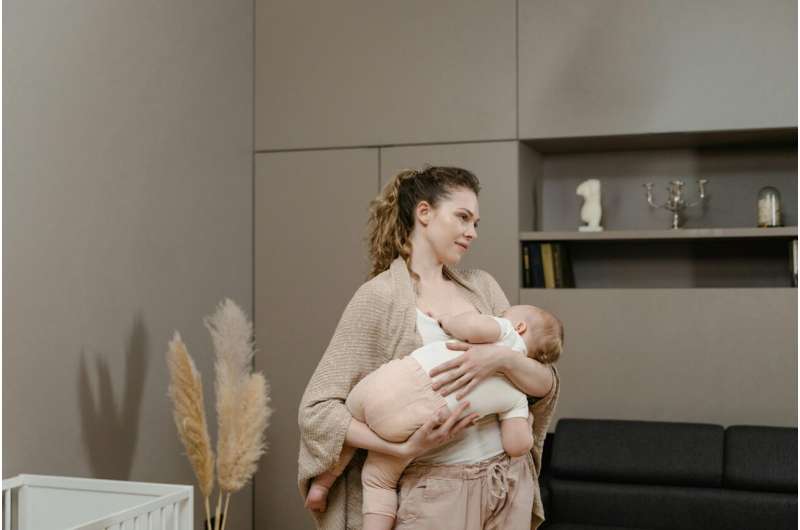Innovative Tool Enhances Seizure Prediction and Optimizes EEG Machine Use in Hospitals

A groundbreaking AI-based scoring system enhances seizure prediction, enabling faster decision-making and better resource allocation in hospitals' intensive care units.
In hospital intensive care units, neurologists traditionally rely on a straightforward scorecard to quickly assess the risk of brain-damaging seizures in critically ill patients. This approach helps in preventing seizures, saving lives, reducing healthcare costs, and making the best use of limited expensive medical equipment.
Prior to 2019, hospitals lacked efficient means to monitor brain activity continuously and accurately forecast seizures. Typically, patients required 24 to 48 hours of continuous EEG (cEEG) monitoring, which is costly and resource-intensive. Due to the limited number of cEEG machines, hospitals could only monitor a few patients at a time, often prioritizing low-risk individuals while higher-risk patients waited.
The breakthrough came from a 2016 project led by Duke University engineer Cynthia Rudin, along with Ph.D. student Berk Ustun and neurologists Aaron Struck and Brandon Westover. Using artificial intelligence, the team analyzed data from over 5,000 patients to develop a new risk assessment tool named "2HELPS2B." This scorecard evaluates various patterns in a patient’s brain activity data to estimate seizure likelihood, assigning probabilities from 5% to 95%.
This innovative model utilizes machine learning algorithms that consider around 70 factors derived from cEEG readings. The process—once taking up to two days—has been reduced to just 60 minutes, significantly speeding up clinical decision-making. The simplicity of the scorecard, which involves straightforward tallying of small numbers (1s and 2s), enables widespread use across hospitals.
The scoring system assigns points based on specific electrical patterns in the brain and prior seizure history. A score of zero indicates a very low seizure risk, while higher scores prompt more immediate intervention. For example, a score of 6 or more signals a high likelihood of seizure, guiding physicians to prioritize resources efficiently.
The practical application of this tool has shown substantial benefits. A 2025 study from UNC Chapel Hill demonstrated that employing the scorecard allows hospitals to reallocate EEG monitoring resources effectively without compromising seizure detection accuracy. This leads to better patient care and more efficient utilization of expensive medical equipment.
Neurologists emphasize the tool’s ease of use, noting that it does not require complex calculations—just simple addition. Consequently, it has become a standard in ICUs, with estimates suggesting that over 90% of hospitals with ICU EEG capabilities utilize this scoring method.
Funded publicly by the government, the development and dissemination of the 2HELPS2B scorecard highlight the importance of accessible medical innovations. Its open availability enables hospitals and medical staff worldwide to improve seizure management and patient prognosis.
Overall, this AI-driven tool marks a significant advancement in critical care, aiding doctors in making faster, more accurate decisions to prevent brain injuries caused by seizures.
Stay Updated with Mia's Feed
Get the latest health & wellness insights delivered straight to your inbox.
Related Articles
Hypertensive Disorders During Pregnancy Linked to Early Breastfeeding Difficulties and Reduced Duration
New research links hypertensive disorders during pregnancy to early breastfeeding difficulties and shorter breastfeeding duration, highlighting the need for targeted support to improve maternal and infant health outcomes.
Study Links Increased Hospital Acquisition of Private Practices to Rising Healthcare Costs
A groundbreaking study indicates that the rapid growth of hospital-owned private practices is driving up healthcare costs in the U.S., highlighting the need for regulatory scrutiny of mergers and acquisitions.
Persistent Use of Unnecessary Cancer Screenings Despite Updated Guidelines, New Study Reveals
A new study reveals that unnecessary cancer screenings persist for years after guidelines advise against them, leading to overdiagnosis and increased healthcare costs. The research emphasizes the need for better implementation of evidence-based practices.
Hidden Surgical Risks: The Impact of Alcohol Withdrawal Syndrome on Postoperative Outcomes
Recent studies reveal that alcohol withdrawal syndrome significantly impacts surgical outcomes, increasing risks, hospital stays, and costs. Early detection is vital for improved patient recovery.



